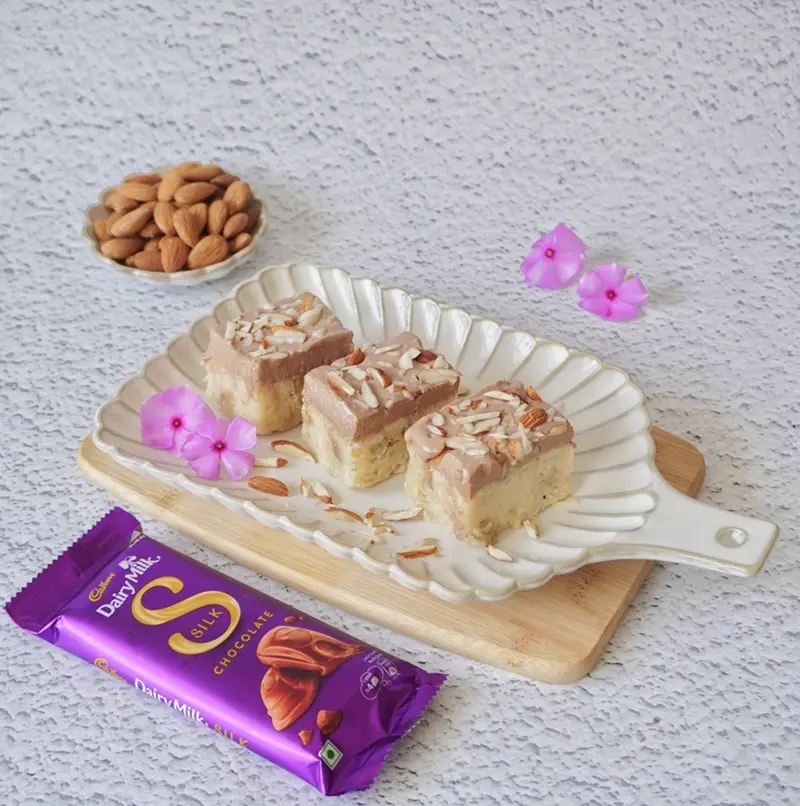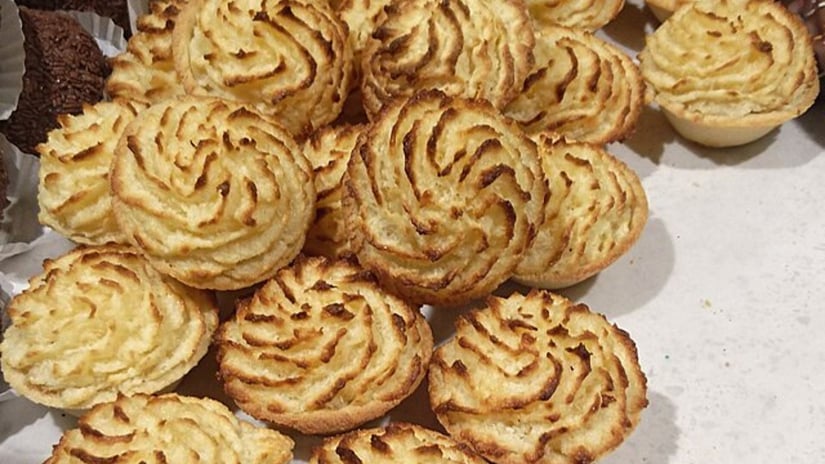- Home
- Articles
- Special Sweets from South Africa with a Historic Past, Celebrated and Eaten With Relish
With a checkered colonial past, South Africa has hearty desserts that they literally celebrate with gusto and some of these have an interesting past.
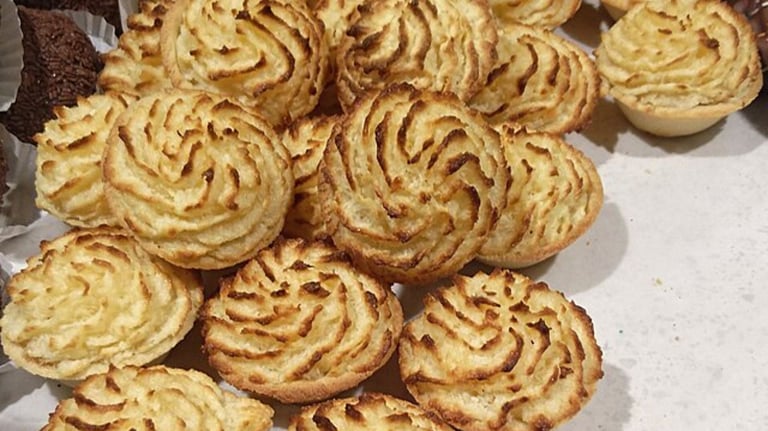
Loads of puddings made with milk, local candies and sweet bread make up the desserts of South Africa. This has a lot to do with the country’s colonial history because of which their delish dessert recipes also have major Dutch and British influences. Pies, tarts, puddings, candies and a lot more have European roots that are often celebrated locally, with a day dedicated to them.
1. Malva Pudding

A traditional pudding that is made from the usual ingredients, Malva isn’t as smooth or quivery like your typical pudding. This pudding is more cakey that has a rich caramel taste, and apricot jam is used to give a glaze to this pudding that has a golden brown hue, after baking. The pudding’s texture is reminiscent of marshmallows which is why it is named so, the word “malwa” in Afrikaans means marshmallow. This pudding is often eaten with ice cream, whipped cream or custard.
2. Koeksister
You might have come across braided bread before because Koeksister is exactly South Africa’s version of one of those braided breads. It typically has the flavor of coconuts and honey or a sugar syrup that it is dipped into. This dessert is a snack and is deep fried to attain that golden color and mostly sold by street vendors across the country.
3. Melktert
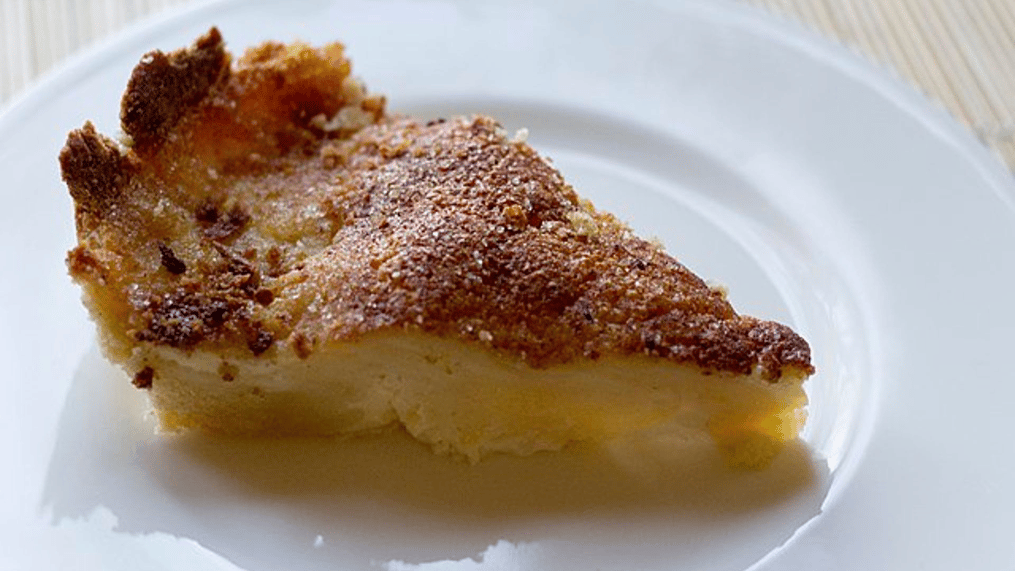
A simple pie with a rustic appeal, this unassuming dessert is a milk tart which is also the translation of its name Melktert. It has a beautiful creamy and assimilating quality to it because of the ingredients used to make it – milk, flour and eggs. Often it is served with a sprinkling of cinnamon powder on top to enhance the flavor of an otherwise simple dessert. It’s so popular in the country that there is a day dedicated to celebrating this dessert called National Milk Tart Day.
4. Pampoenkoekies
These are nothing but pumpkin fritters and pumpkins although being classified as a vegetable, owing to its sweet taste, is very popular in desserts. Pampoenkoekie is South Africa's version of these fritters made with pumpkin; the fritters are made with puréed (cooked) pumpkin, flour, baking powder, sugar, eggs, milk, and salt. They are deep fried and once golden-brown, they are drizzled with a thick and sticky caramel syrup.
5. Crisp Peppermint Fudge Tart
Enjoyed cold, this South African dessert has layers of chocolate bars, crispy biscuits, and a creamy peppermint confection, all topped with a drizzle of rich caramel sauce. The peppermint crisp part is made from an old and famous recipe once popular among South African school students, which continues to be enjoyed in the country. It is a refreshing treat to have with its minty-chocolate flavors especially on a hot day.
6. Coconut Ice
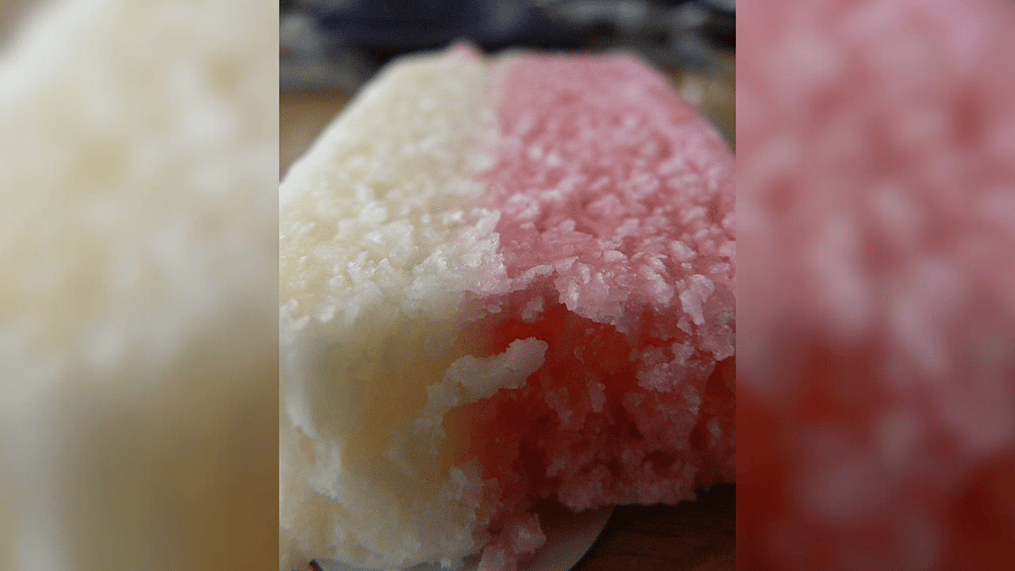
A beautiful shade of contrasting pink and white, coconut ice can be found easily in every corner in South Africa. It’s basically a kind of Turkish Delight (Narnia anyone?) that is made from condensed milk, icing sugar, cream of tartar and coconut. It is highly probable that the British introduced it to the country during colonization. Think of it like a lesser chewy version of a caramel candy, but made with coconut and loads of condensed milk. The pink hue is achieved by using food coloring and it's hardly surprising that kids love this sugary sweet.
7. Melkkos
Also another kind of milk-based dessert, Melkkos is a mixture of flour, eggs and butter boiled in milk. Flavoring agents such as cinnamon and Naartjie (Japanese mandarin) and a little orange zest are sometimes used. This dessert dates back to the era of the Great Trek (1835-1840) when the Dutch were migrating east within the country, away from the British areas. This simple dessert was made during that time and continues to be a comfort dish even today.
8. Hertzoggies
This is the love child of a tart and a biscuit that has a light puff pastry base that forms the tart filled with apricot jam and coconuts. Such an unusual name for a dessert is because it was named after General J.B.M. Hertzog, who was the South African Prime Minister between 1924 to 1939. These baked goodies were a favorite of the politician and were said to have been eaten alongside a cup of English tea. They were said to have been created by the Cape-Malay community who baked them for the politician when he promised to give voting rights to women and equal rights to the people of color in the country. He delivered on the first promise but not the second after which the tartlets would be iced with pink and brown calling him a hypocrite.
Like This Article?
More Like This



Popular Articles





Trending Web Stories
Curated Recipes
